A cooker hood is a necessary element of maintaining a comfortable microclimate in a room by eliminating extraneous odors. The efficiency of its work increases if you combine the function of suction of polluted air with its removal outside the premises. If this cannot be done, a hood for the kitchen will be required without venting into the ventilation, in which air masses are passed through the filter system and then returned back.
- The principle of operation of the hood without venting into ventilation
- Hood classification
- By the shape of the housing and the type of filters
- By installation method
- Advantages and disadvantages
- Overview of technical specifications
- Estimation of hood parameters
- Basic rules for choosing hoods
- Basic installation rules and typical errors
The principle of operation of the hood without venting into ventilation
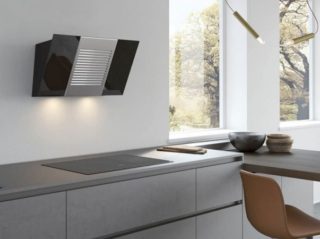
The hoods for the kitchen work without venting outwards according to the extremely pr scheme. When they are connected to the electrical network, air from the room is sucked into the dome, and then passed through a system of cleaning filters. At the final stage of processing, he returns to the room in a cleaned state.
Some samples provide for several stages of filtration, which significantly improves the quality of cleaning contaminated air masses. In these devices, before entering the carbon elements, the air goes through a coarse filtration stage. Large particles of fat and trace elements that cause unpleasant odors are removed.
Hood classification
According to the principle of operation, kitchen units are divided into flow-through and convection models. Devices of the first type clean the polluted air in the grease trap, and then take it into the air duct. It is thrown out through the ventilation duct, and instead of it fresh portions enter the kitchen. A sample of this type of hood is the Davoline 60 model from the Russian manufacturer ELIKOR.
Recirculation devices do not have a direct outlet to the air duct. They are equipped with a built-in fan that blows air through the filter elements. Its first stage is a grease trap that traps particles of dust, grease, soot and fumes. This is followed by a fine filter that removes the air from foreign odors and the smallest particles that are not retained at the first stage. The circulating hood dispenses with the supply of fresh air from the street. For its operation, it is enough to connect to the home power supply, after which the fan comes into action. This type of device is presented on the market by the 60 cm DWK 065G60R models from the well-known German manufacturer Bosch.
By the shape of the body and the type of filters
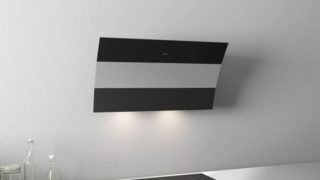
In accordance with the design, kitchen hoods without ventilation outlets are divided into horizontal or flat, installed parallel to the gas stove. In addition, vertical models are available for sale in large kitchens. A typical representative of flat products is a sample from the Japanese manufacturer Shindo ITEA 60 B. By the type of built-in filtering device, the hood without an air duct can be disposable or reusable. The former are used only once until the filter is completely filled, and the latter, after contamination, the filter is replaced with a new one.
By installation method
On this basis, hoods are divided into the following types:
- Hanging devices mounted on the wall at a selected location in the room. Sometimes they are equipped with retractable panels that expand the area of capture of polluted air.
- Built-in products located inside wall cabinets and hidden from the eyes of visitors.
- Ceiling mounted island devices.
The latter type is used when the slab is installed away from the walls. Hanging samples include products from the English manufacturer MAUNFELD MPA. Built-in and island units are presented on the market by the Integra 45P-400-V2L KV II M-400-45-280 Beige models from the Russian manufacturer Elikor.
Advantages and disadvantages
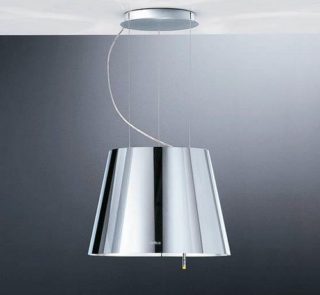
The advantages of hoods without an air duct include:
- ease of installation - due to the absence of an air duct and the need to connect to ventilation, it is easily built into a kitchen cabinet;
- low noise level;
- the ability to fit into the design of any kitchen;
- efficiency - consume less electricity from the network.
The main disadvantage of the devices is the need for constant replacement of filter elements and the associated costs.
Overview of technical specifications
The main characteristics of hoods without air ducts include:
- dimensions of the exhaust unit;
- device power and performance;
- the number and type of filtration elements;
- body material;
- the presence of lighting and the type of bulbs.
The appearance, as well as the size and shape of the hoods are taken into account so that they blend harmoniously with the interiors of a modern kitchen. The performance of the unit is selected taking into account the volume of the serviced space. To determine this indicator, the area of the kitchen is multiplied with its height, the result is multiplied by 9 - you get a number corresponding to the required performance of the device. When choosing it, a model with a wide adjustment range is preferable, which allows you to control the performance of the unit depending on the situation.
Estimation of hood parameters
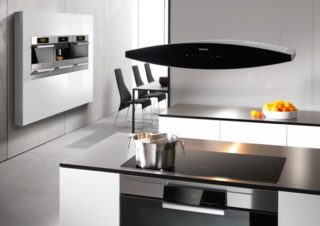
When evaluating the characteristics of the exhaust units, the following points are taken into account:
- the dimensions are indicated in the documentation for the sold sample;
- typical dimensions are selected from the following range: 50, 60 or 90 cm;
- the exact value must correspond to the dimensions of the gas stove or hob;
- productivity corresponds to values in the range of 300-600 cubic meters per hour, the level of product noise depends on the correct choice of these indicators;
- the number and type of filters affects the efficiency of air purification;
- the presence of lighting bulbs in the hoods increases the comfort of using them.
For hoods without a pipe outlet, two types of filters are optimal: grease and replaceable charcoal. How often the filter element should be changed is indicated in the technical documentation.
Basic rules for choosing hoods
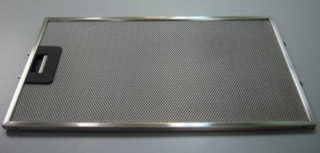
When choosing and purchasing a hood without an air duct, it is important to consider the following points:
- the dimensions of the product are selected according to the size of the stove installed in the kitchen;
- its performance should correspond to the volume of the serviced space;
- for small rooms, an exhaust hood with an increased fan power is not required;
- when choosing a product, attention is paid to the noise level, which is directly related to the power indicator.
In addition, you will need to familiarize yourself with the presence and composition of the filter elements of the air cleaner.
Let's consider an example of determining the performance of a hood connected to the network. Provided that the dimensions of the kitchen room are 3x4 meters, and its height is 2.7 meters, the hood power above the gas stove is determined as follows. First, the volume of the kitchen is calculated 3 × 4 × 2.7 = 32.4 cubic meters. If we take into account that, according to the requirements of sanitation, the air must be renewed at least 9 times per hour, then the required capacity is 32.4 × 9 = 291.6 m3 / h. In addition, a small margin of at least 20% is taken into account.
If the engine is used for a long time in limiting modes, then the indicator of the power reserve (performance) can be increased.In the considered example, with a 20 percent coefficient, the result will be: 291.6 × 1.2 = 349 m3 / h. But you should not choose a larger margin either, since this will lead to unjustified losses of electricity and a decrease in the efficiency of the device.
Basic installation rules and typical errors
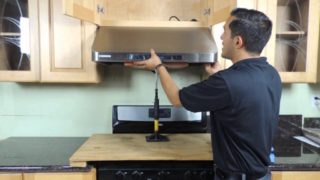
Installation of hoods with charcoal filters is much simpler than the same procedure for units connected to the air duct. To install them, you will need to do the following:
- measure a piece 75 cm long from the surface of the gas stove or hob;
- then at this level mark the points for the fastening elements of the unit;
- then you need to fix the body using the bolts supplied with the kit (for the mounted version).
If a built-in model is mounted, it is installed in the same way inside the wall cabinet. Once connected to the local power supply, it is ready for use. Errors in installing kitchen hoods without venting into ventilation are the same as when connecting conventional devices.
The main ones are listed below:
- the dimensions of the device are incorrectly selected;
- the place for the installation of the unit has been chosen incorrectly;
- its performance and power does not correspond to the volume of the served space.
The last mistake leads to unjustified costs and to increased hood noise.

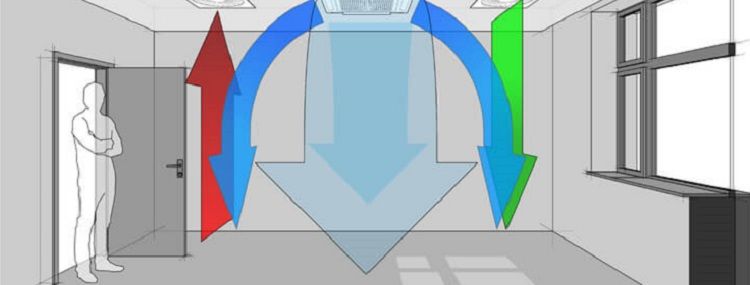

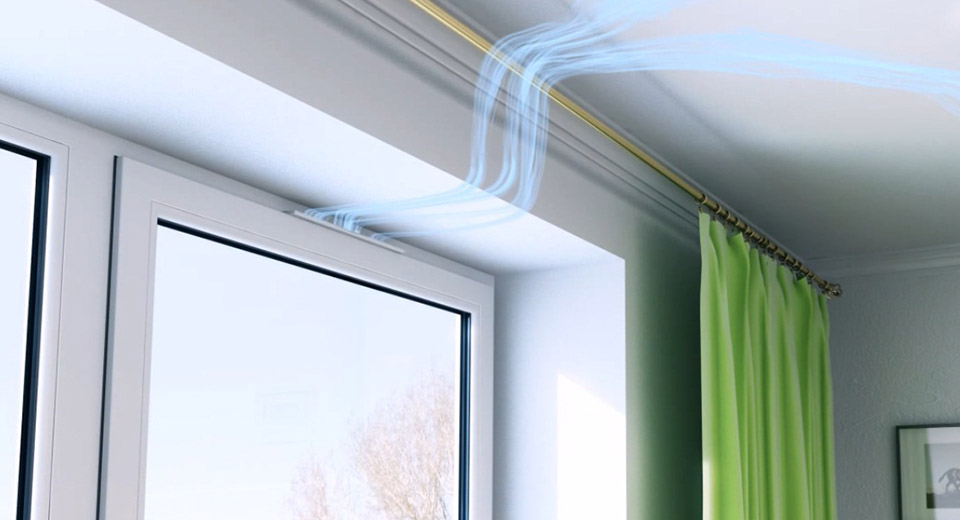
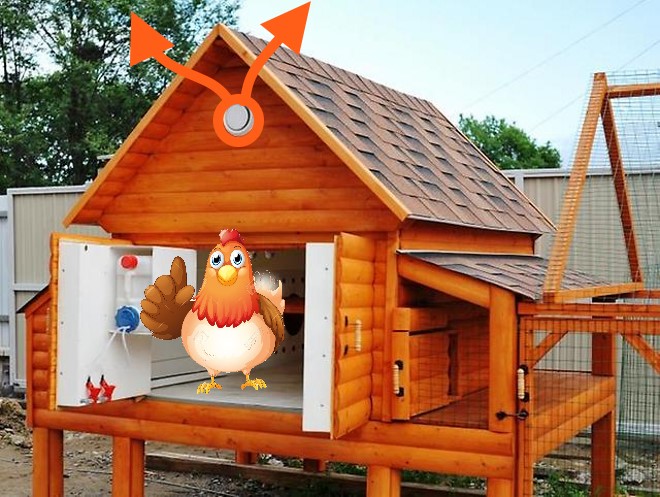
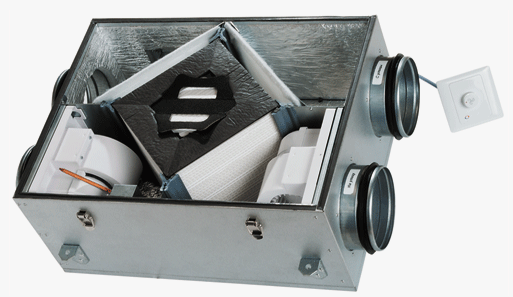

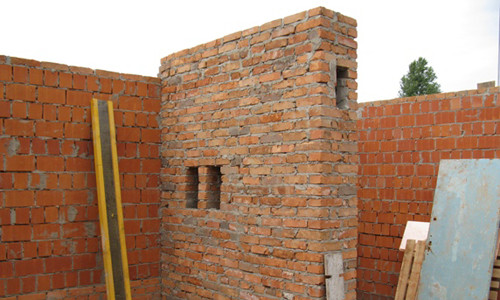
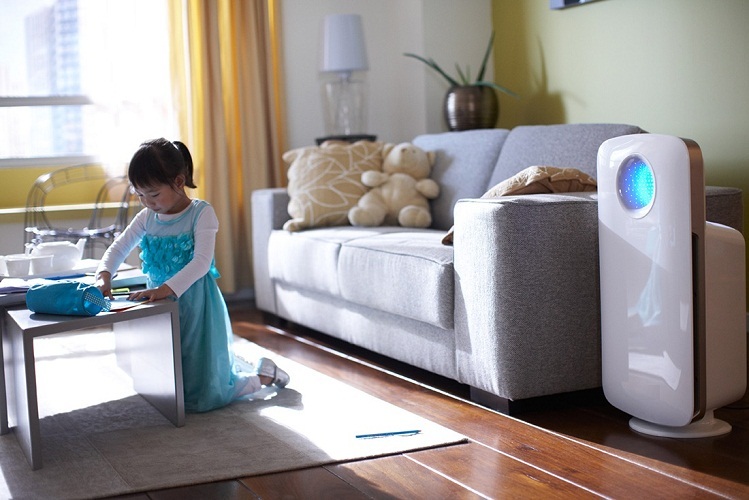
I have a good old Indesite almost all over the kitchen, I'm also happy with the hood